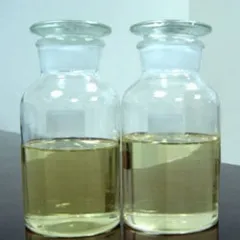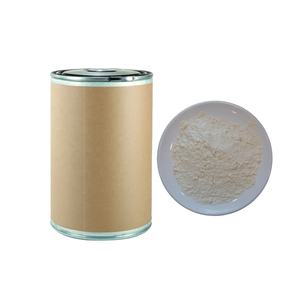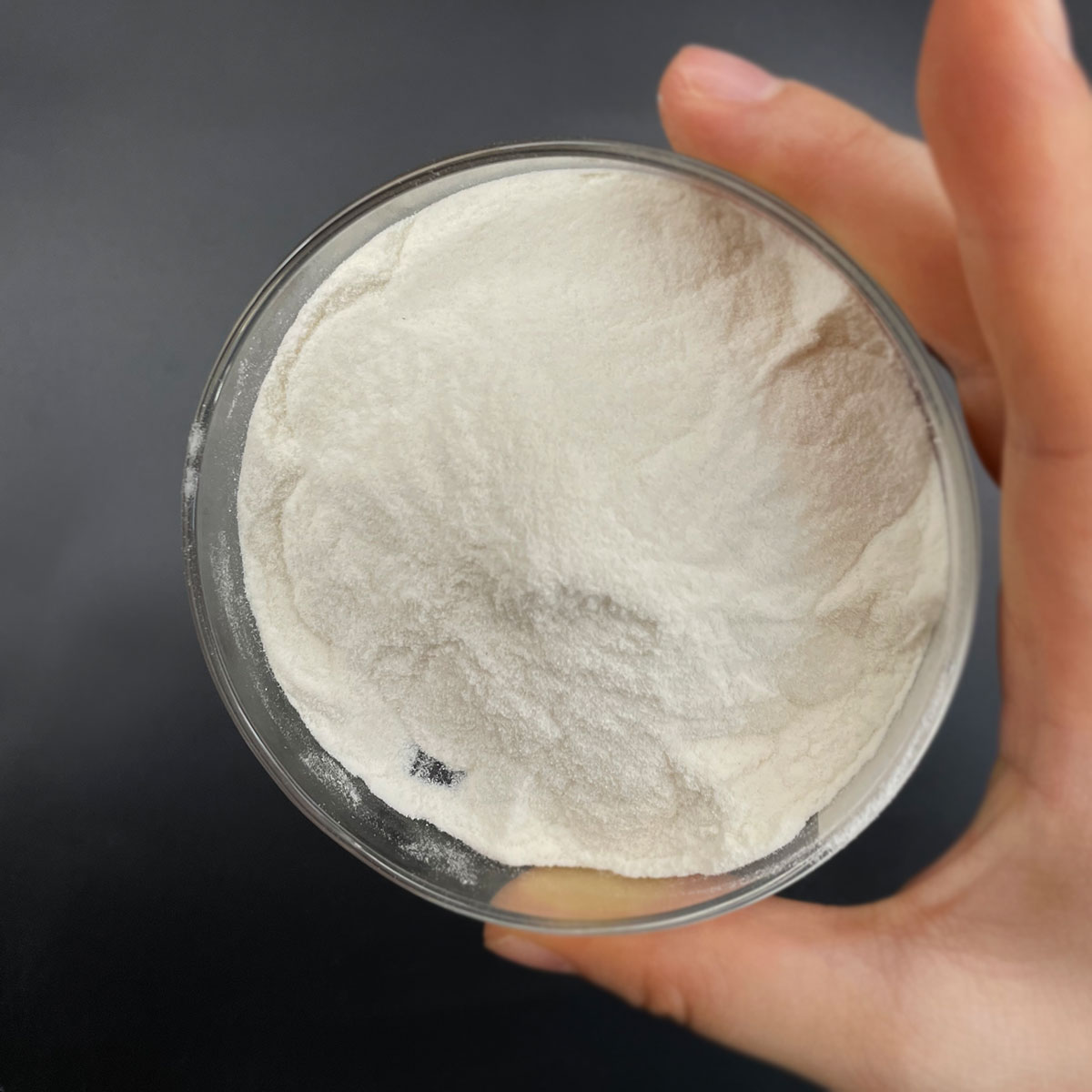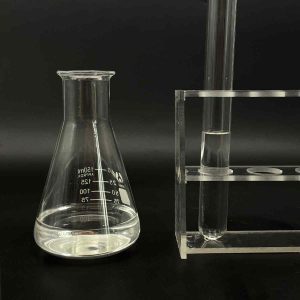Overview of Anionic Surfactants for Sodium Alpha-Olefin Sulfonate (AOS) / Sodium Linear Alpha Olefin Sulfonate
Anionic surfactants are a class of surface-active agents characterized by a negatively charged hydrophilic head group when dissolved in water. This charge arises from the presence of a sulfate, sulfonate, phosphate, or carboxylate group. They are among the most widely used surfactants due to their effective cleaning properties, foaming capacity, and broad compatibility with other formulation ingredients. Anionic surfactants find extensive application across industries, including personal care, household cleaning, textiles, and industrial processes.
Features of Anionic Surfactants for Sodium Alpha-Olefin Sulfonate (AOS) / Sodium Linear Alpha Olefin Sulfonate
-
Negative Charge: The anionic head group imparts water solubility and enables interaction with positively charged surfaces or particles.
-
Detergency: Exceptional at removing dirt, grease, and oils due to their strong polarity and ability to penetrate and disrupt these substances.
-
Foaming Properties: Many anionic surfactants generate stable and abundant foam, making them ideal for applications where lather is desired.
-
Cost-Effectiveness: They are often less expensive than nonionic, cationic, or amphoteric surfactants due to the abundance of raw materials and established production processes.
-
Compatibility: Can be combined with other surfactants to enhance performance or adjust properties, although care must be taken to avoid precipitation or incompatibility issues.
-
Environmental Considerations: Some anionic surfactants may pose environmental concerns due to their persistence or toxicity; however, biodegradable options are available.

(Anionic Surfactants for Sodium Alpha-Olefin Sulfonate (AOS) / Sodium Linear Alpha Olefin Sulfonate)
Specification of Anionic Surfactants for Sodium Alpha-Olefin Sulfonate (AOS) / Sodium Linear Alpha Olefin Sulfonate
Sodium Alpha-Olefin Sulfonate (AOS) offers reliable performance. Its specifications are clear and consistent. Active matter content is critical. This measures the actual surfactant amount available. It typically falls between 38% and 40%. This ensures strong cleaning power.
Sodium sulfate is a common byproduct. Keeping its level low is important. High amounts can reduce effectiveness. Sodium sulfate content is usually under 3%. This minimizes its impact.
The pH level matters for compatibility. AOS solutions are generally neutral to slightly alkaline. The typical pH range is 7.5 to 9.5. This makes it safe for many formulations.
Appearance is another key point. Good quality AOS is a clear liquid. It should be free from particles or cloudiness. Color is also monitored. A light yellow hue is standard. Darker colors might suggest impurities.
Viscosity indicates the fluid’s thickness. AOS solutions have low viscosity. They flow easily like water. This aids handling and mixing.
Solubility in water is excellent. AOS dissolves quickly and completely. This is essential for its function in water-based products. Stability is good under normal storage conditions. It performs reliably over time.
These specs guarantee a consistent product. Formulators rely on them for predictable results. AOS delivers high foaming and detergency. It works well across different water hardness levels. Its mildness suits personal care items. Biodegradability is another significant advantage.

(Anionic Surfactants for Sodium Alpha-Olefin Sulfonate (AOS) / Sodium Linear Alpha Olefin Sulfonate)
Applications of Anionic Surfactants for Sodium Alpha-Olefin Sulfonate (AOS) / Sodium Linear Alpha Olefin Sulfonate
Sodium Alpha-Olefin Sulfonate (AOS) is a powerful anionic surfactant. People use it widely in many industries. Its cleaning power and mildness are key benefits.
AOS is a top choice in laundry detergents. It works well in liquids and powders. It removes tough dirt and grease effectively. It performs strongly even in hard water. This makes laundry results reliable. It also creates rich, stable foam. Consumers like this in hand-washing products.
Personal care items rely heavily on AOS. You find it in shampoos and body washes. It cleans skin and hair thoroughly. It feels gentle for most people. This mildness prevents irritation. It generates luxurious lather too. This lather improves the user experience significantly. Bubble baths and facial cleansers use it for this reason.
Industrial and institutional cleaners need AOS. It powers heavy-duty degreasers and floor cleaners. It tackles grease and oil on machinery. It works in concentrated formulas. This saves money and reduces packaging. Car washes use it for strong foam and cleaning.
AOS is important in agriculture. It helps pesticides and herbicides spread evenly. This makes crop treatments more effective. It ensures the chemicals cover plants properly.
The oil industry uses AOS too. It helps recover more oil from underground reservoirs. It reduces the surface tension between oil and rock. This allows more oil to flow out. Textile manufacturing uses it for wetting and scouring fabrics. It prepares materials for dyeing and finishing.
AOS is valued for being biodegradable. It breaks down naturally in the environment. This is a major advantage over some older surfactants. Its combination of performance, mildness, and environmental profile makes it very useful.
Company Profile
SurfactantChina is a trusted global chemical material supplier & manufacturer with over 12-year-experience in providing super high-quality surfactant and relative products.
The company has a professional technical department and Quality Supervision Department, a well-equipped laboratory, and equipped with advanced testing equipment and after-sales customer service center.
If you are looking for high-quality surfactant and relative products, please feel free to contact us or click on the needed products to send an inquiry.
Payment Methods
L/C, T/T, Western Union, Paypal, Credit Card etc.
Shipment
It could be shipped by sea, by air, or by reveal ASAP as soon as repayment receipt.
5 FAQs of Anionic Surfactants for Sodium Alpha-Olefin Sulfonate (AOS) / Sodium Linear Alpha Olefin Sulfonate
Here are 5 FAQs about Sodium Alpha-Olefin Sulfonate (AOS):
What is Sodium Alpha-Olefin Sulfonate (AOS)?
AOS is a cleaning ingredient. It comes from certain oils. It’s a type of anionic surfactant. This means it carries a negative charge in water. AOS helps water mix with oil and dirt. This makes it great for cleaning.
Where is AOS commonly used?
You find AOS in many cleaning products. It’s in liquid laundry detergents. It’s in dishwashing liquids. It’s in household cleaners. It’s also in personal care items. Shampoos and body washes often use AOS. Industrial cleaners use it too.
What are the main benefits of using AOS?
AOS has strong cleaning power. It works well in hard water. Hard water has minerals like calcium. Many other surfactants struggle with hard water. AOS doesn’t. It creates good foam. It thickens liquids effectively. It breaks down naturally after use. This is good for the environment.
Is AOS safe for skin and the environment?
AOS is generally mild on skin. It’s not a strong skin irritant. It is considered biodegradable. This means microbes break it down naturally. It usually meets environmental safety standards. Always follow the product instructions for safe use.
How should AOS be handled and stored?
Handle AOS powder carefully. Avoid breathing in the dust. Wear gloves and eye protection. Store AOS in a cool, dry place. Keep it away from moisture. Keep it in its original container. Seal the container tightly.

(Anionic Surfactants for Sodium Alpha-Olefin Sulfonate (AOS) / Sodium Linear Alpha Olefin Sulfonate)






